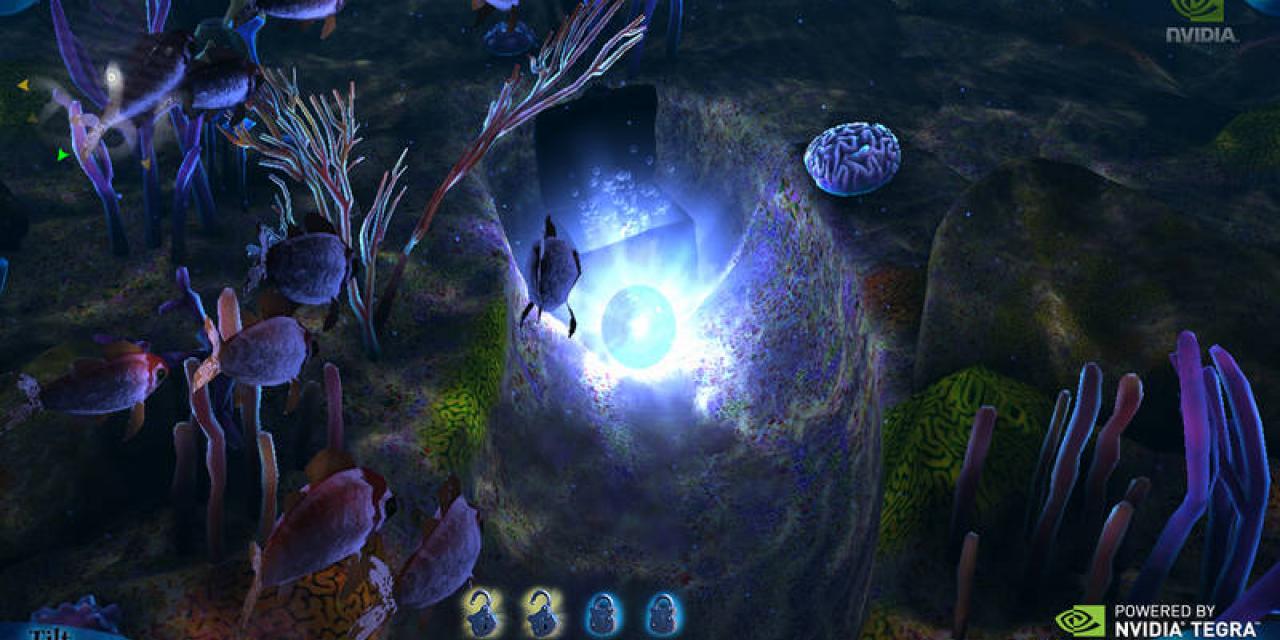




NVIDIA today unveiled its NVIDIA Tegra 3 processor which, NVIDIA claims, brings "PC-class performance levels", better battery life and improved mobile experiences to tablets and phones.
Known previously by the codename "Project Kal-El," the Tegra 3 processor provides up to 3x the graphics performance of Tegra 2, and up to 61 percent lower power consumption. This translates into 12 hours of battery life for HD video playback.
The Tegra 3 processor implements a new, patent-pending technology known as Variable Symmetric Multiprocessing (vSMP). vSMP includes a fifth CPU "companion," specifically designed for work requiring little power. The four main cores are specifically designed for work requiring high performance, and generally consume less power than dual-core processors.
During tasks that require less power consumption -- like listening to music, playing back video or updating background data -- the Tegra 3 processor completely shuts down its four performance-tuned cores and, instead, uses its companion core. For high-performance tasks -- like web browsing, multitasking and gaming -- the Tegra 3 processor disables the companion.
"NVIDIA's fifth core is ingenious," said Nathan Brookwood, Research Fellow at Insight 64. "Tegra 3's vSMP technology extends the battery life of next-generation mobile devices by using less power when they're handling undemanding tasks and then ratcheting up performance when it's really needed."
NVIDIA didn't reveal the Tegra 3's battery life when using the high performance cores and it is unlikely that we'll get to know that bit of information before actual devices make their way to reviewers' hands.
Tegra 3 supports hardware acceleration for Adobe Flash Player 11, HTML5, WebGL and Javascript.
Make sure to check the screens tab for screenshots from some games running on Tegra 3.








